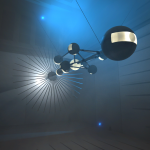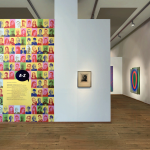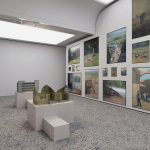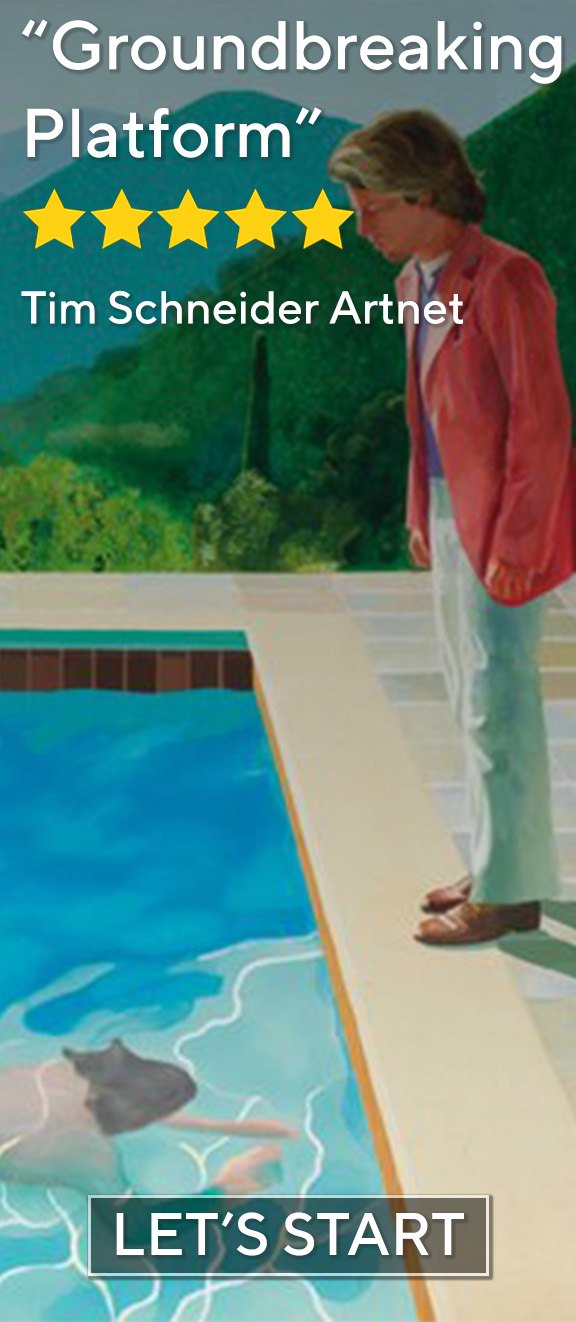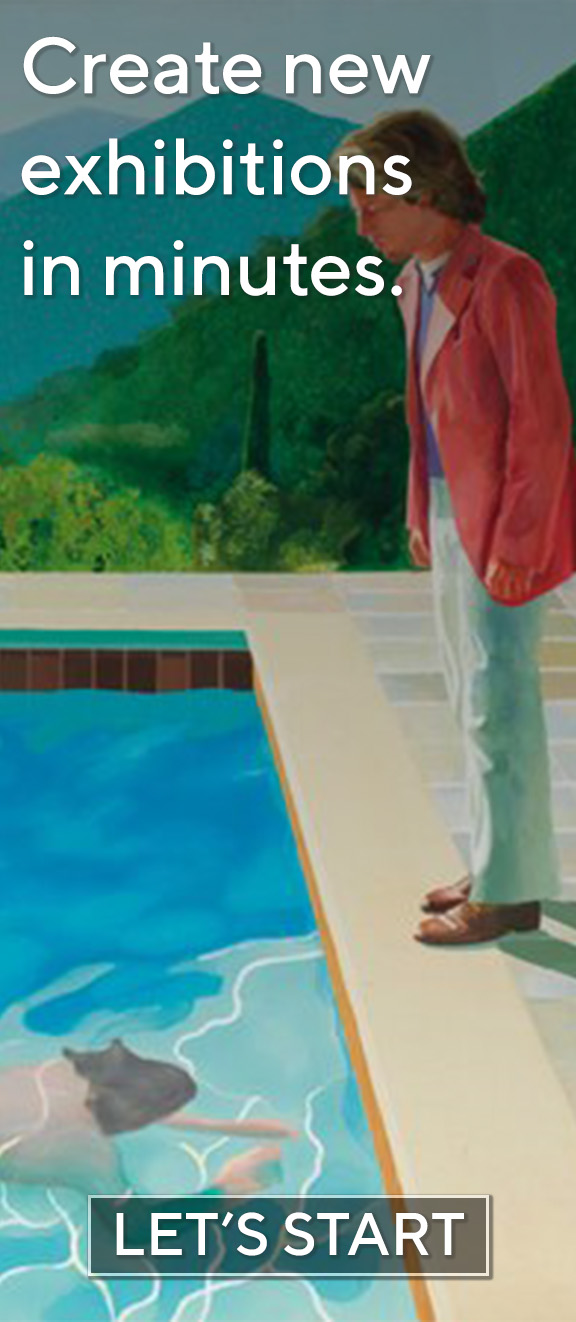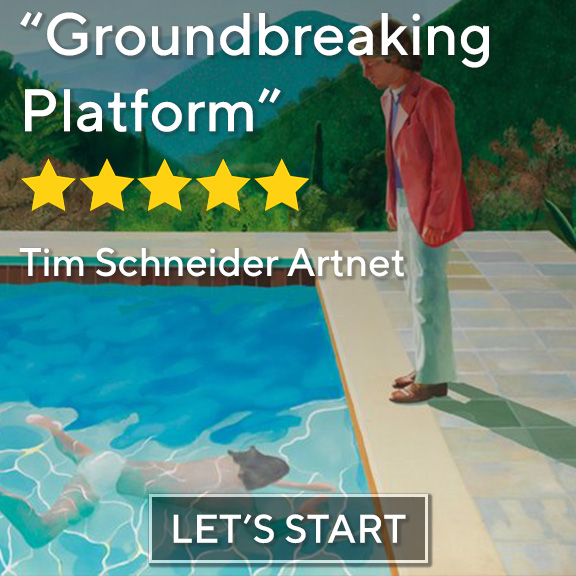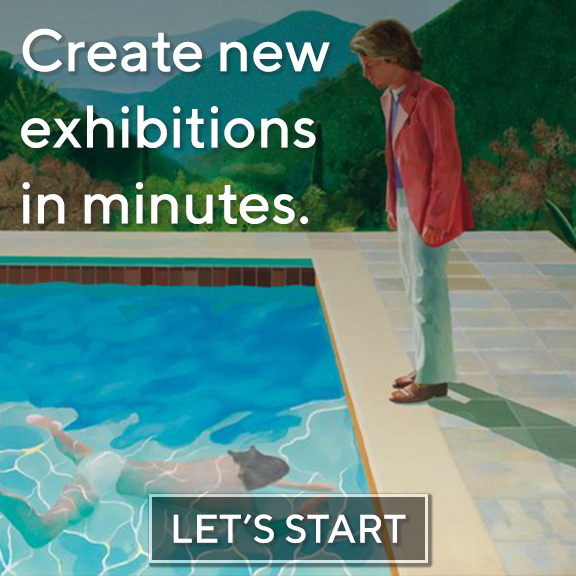“Shadow Paintings“ by Adrian Ghenie was on view from the 11th of October 2024 to the 2nd of March 2025, at Albertina Museum, Vienna.
The exhibition Adrian Ghenie: “Shadow Paintings” at the ALBERTINA Museum presents a compelling dialogue between contemporary artistic practice and early 20th-century modernism. Curated with precision and conceptual clarity, the show explores the psychological and aesthetic terrain shared by Adrian Ghenie and Egon Schiele through a series of charcoal studies and final paintings that reimagine Schiele’s lost works. The curatorial approach is both reverent and innovative, framing Ghenie’s reinterpretations not as mere homage but as a dynamic engagement with Schiele’s emotional intensity and formal experimentation.
Displayed across three rooms, the “Shadow Paintings” (or Schattenbilder ) series creates an immersive experience that oscillates between historical reflection and contemporary introspection. The decision to juxtapose Ghenie’s preparatory studies with photographs of Schiele’s lost originals—such as Melancholia , Self-Portrait , and The Self-Seers —offers visitors a layered visual narrative. This arrangement invites viewers to trace the evolution from initial sketch to final composition while also contemplating the thematic resonance between two artists separated by over a century.
One of the exhibition’s strengths lies in its thematic coherence. Each room subtly emphasizes different aspects of the overarching concept: identity, psychological depth, and the performative nature of self-portraiture. The use of monochromatic tones throughout the space reinforces this mood, allowing the viewer to focus on the expressive gestures and contorted forms that define both artists’ approaches to the figure. Supplementary wall texts provide essential context, drawing attention to the existential undertones of Ghenie’s work and its roots in Schiele’s radical self-exploration.
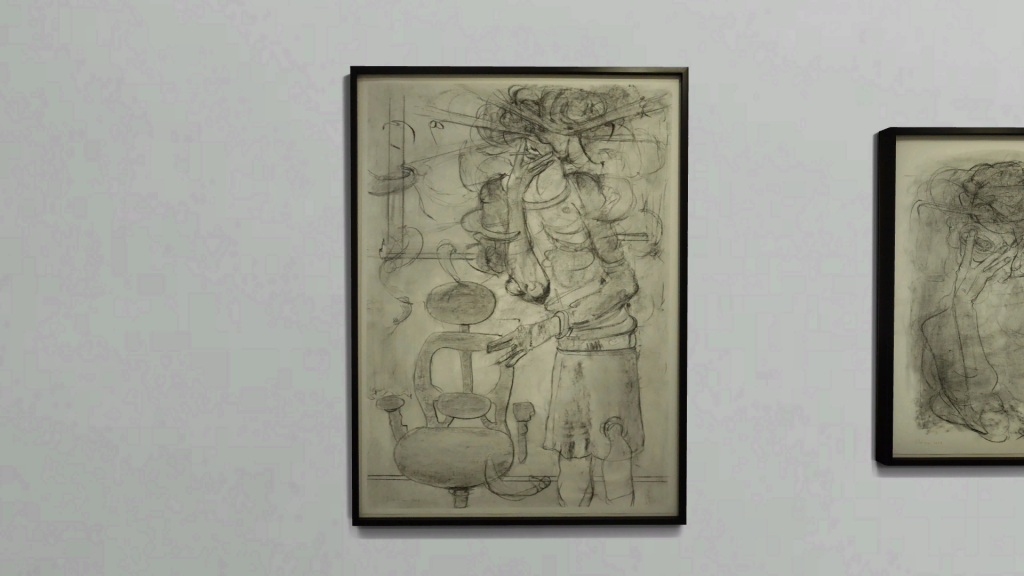
Rendered in charcoal on paper, “Study after Melancholia” serves as a prelude to Ghenie’s final painting Melancholia 1 . The elongated figure stands beside an abstract chair, its arms stretched skyward in a gesture of despair or supplication. The background swirls with chaotic energy, suggesting inner turmoil. Ghenie’s technique echoes Schiele’s signature distortions, yet his mark-making is distinctly contemporary—loose, fluid, and emotionally charged. This piece exemplifies how Ghenie channels Schiele’s psychological depth into a new visual language, one that speaks to modern anxieties about identity and dislocation.
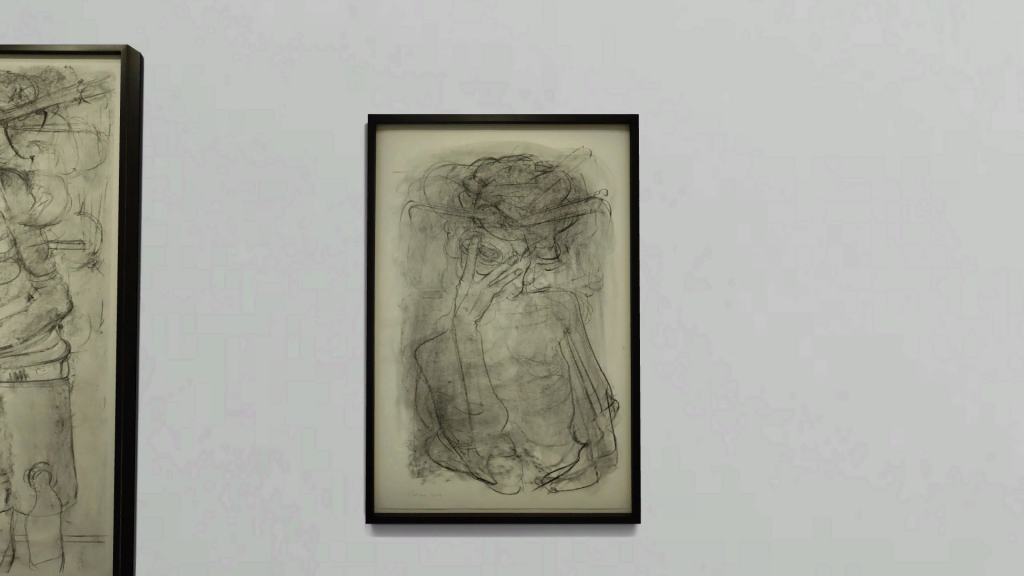
This earlier “Study after Melancholi” focuses more intensely on the skeletal structure of the body, emphasizing fragility and mortality. The charcoal texture adds a tactile dimension, with varying pressures creating shadowed recesses that suggest internal decay. Unlike the 2024 version, this iteration leans into abstraction, reducing facial features to minimal outlines while amplifying the body’s angularity. The influence of Erwin Osen—Schiele’s friend and collaborator known for theatrical expression—is subtly felt here, reinforcing the performative aspect of melancholy as a state of being.
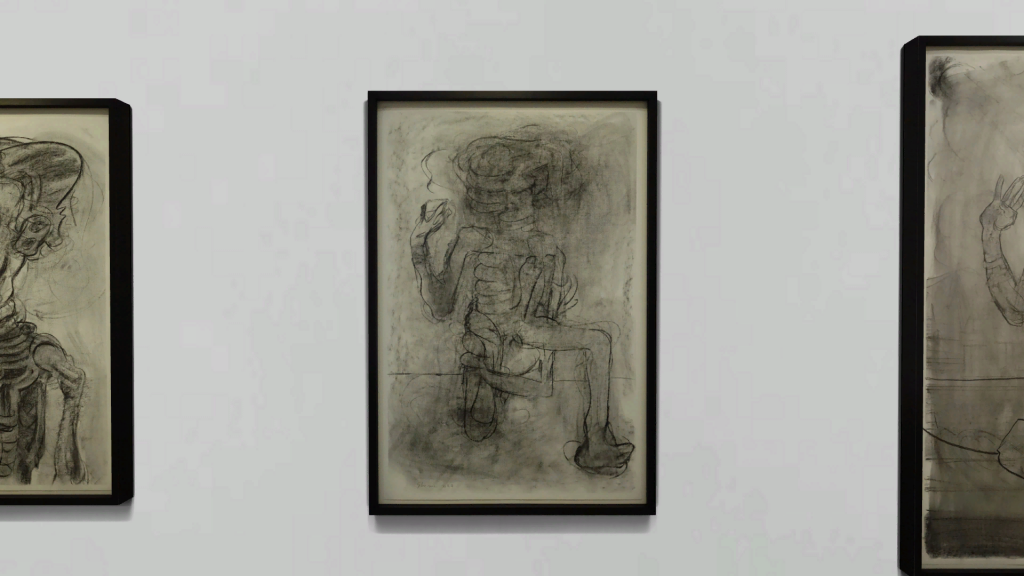
Based on Schiele’s Male Nude Kneeling, with Raised Hands (Self-Portrait) , Ghenie’s charcoal study transforms the original into a spectral presence. The kneeling figure appears emaciated, its head oversized and featureless save for prominent ears and a gaping mouth. The neck stretches like a spine, leading into a ribcage outlined with dark shading. This piece evokes a sense of spiritual exhaustion, echoing Schiele’s own struggles while reflecting Ghenie’s interest in “realist distortions”—a term used to describe how deformation can reveal deeper psychological truths.
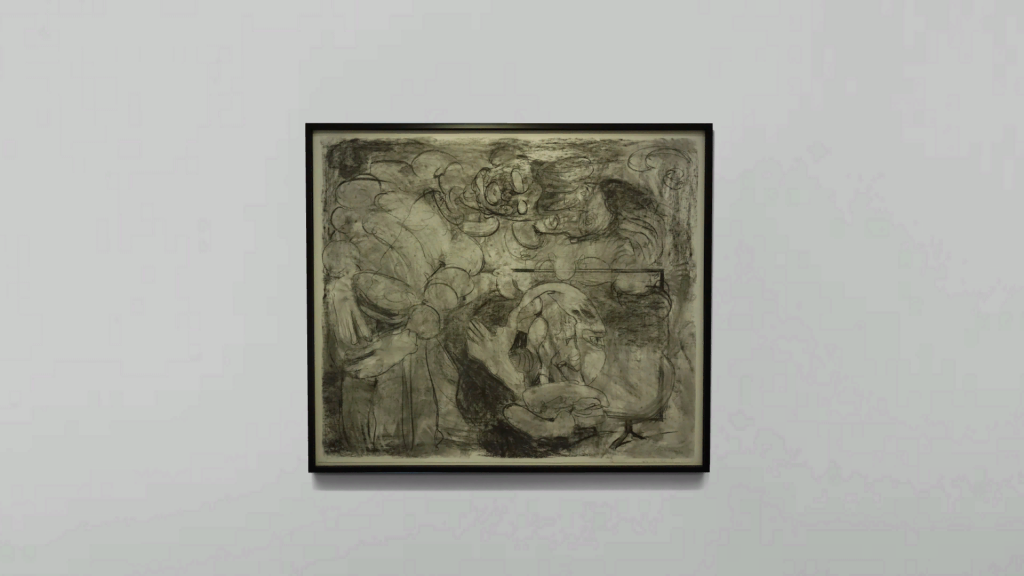
Rendered in charcoal on paper, this study channels the frenetic energy of delirium through jagged lines and exaggerated anatomical features. The figure appears caught between human form and surreal abstraction, with swirling lines around the face suggesting disorientation or hallucination. This work exemplifies Ghenie’s ability to translate emotional extremity into visual form, echoing Schiele’s own fascination with psychological rupture. It contributes to the exhibition’s broader theme of identity as unstable and fragmented.
“Through distortion and abstraction, Ghenie gives voice to the silent anxieties that haunt our digital age”
Culturally, “Shadow Paintings” arrives at a moment when questions of selfhood and digital identity are increasingly pressing. Much like Schiele’s self-portraits anticipated the performative culture of social media, Ghenie’s work interrogates how modern technology mediates our relationship to the self. His figures are not just solitary—they are fractured, existing in multiple states simultaneously. This aligns with broader conversations about mental health, authenticity, and the erosion of private space in the digital age.


